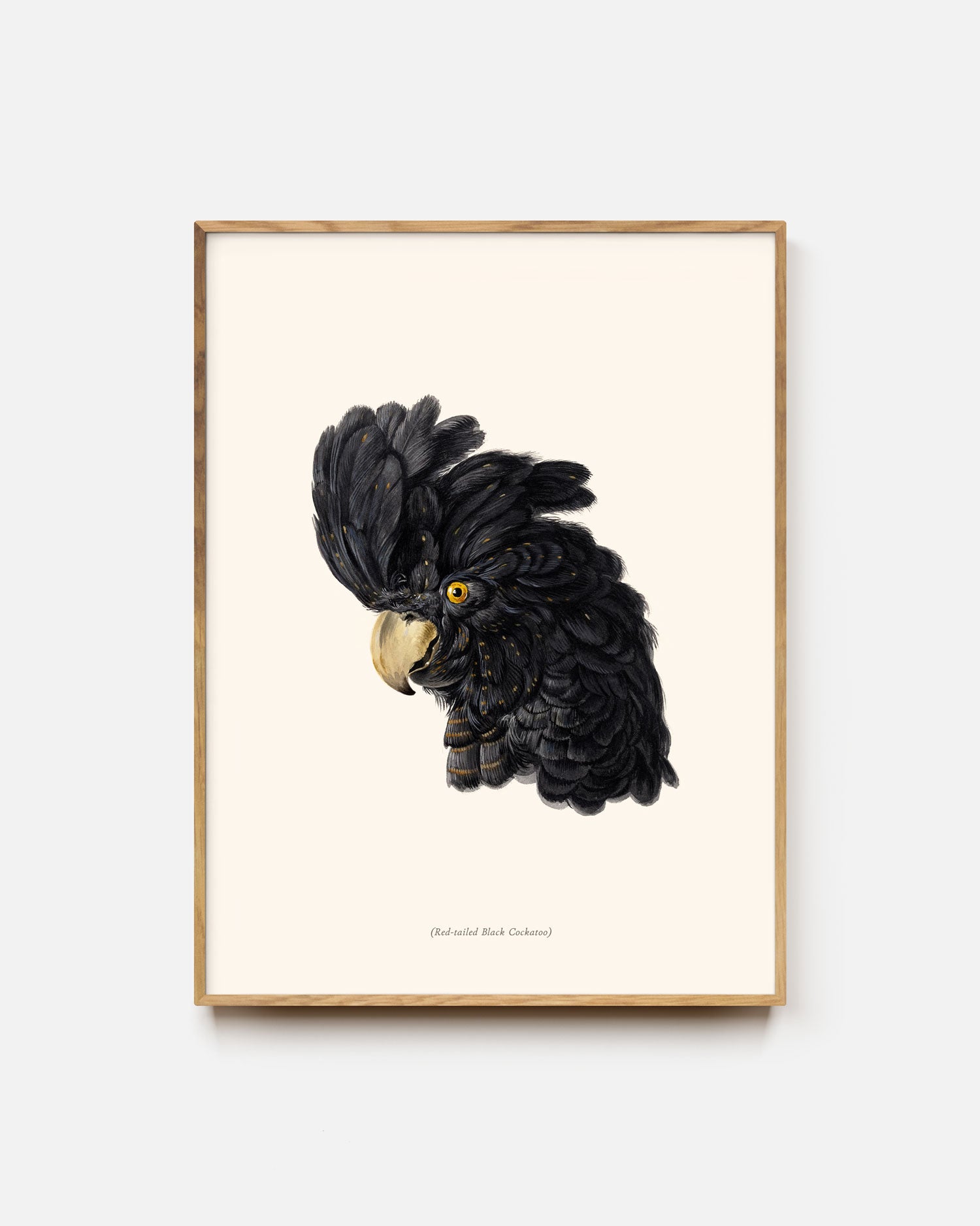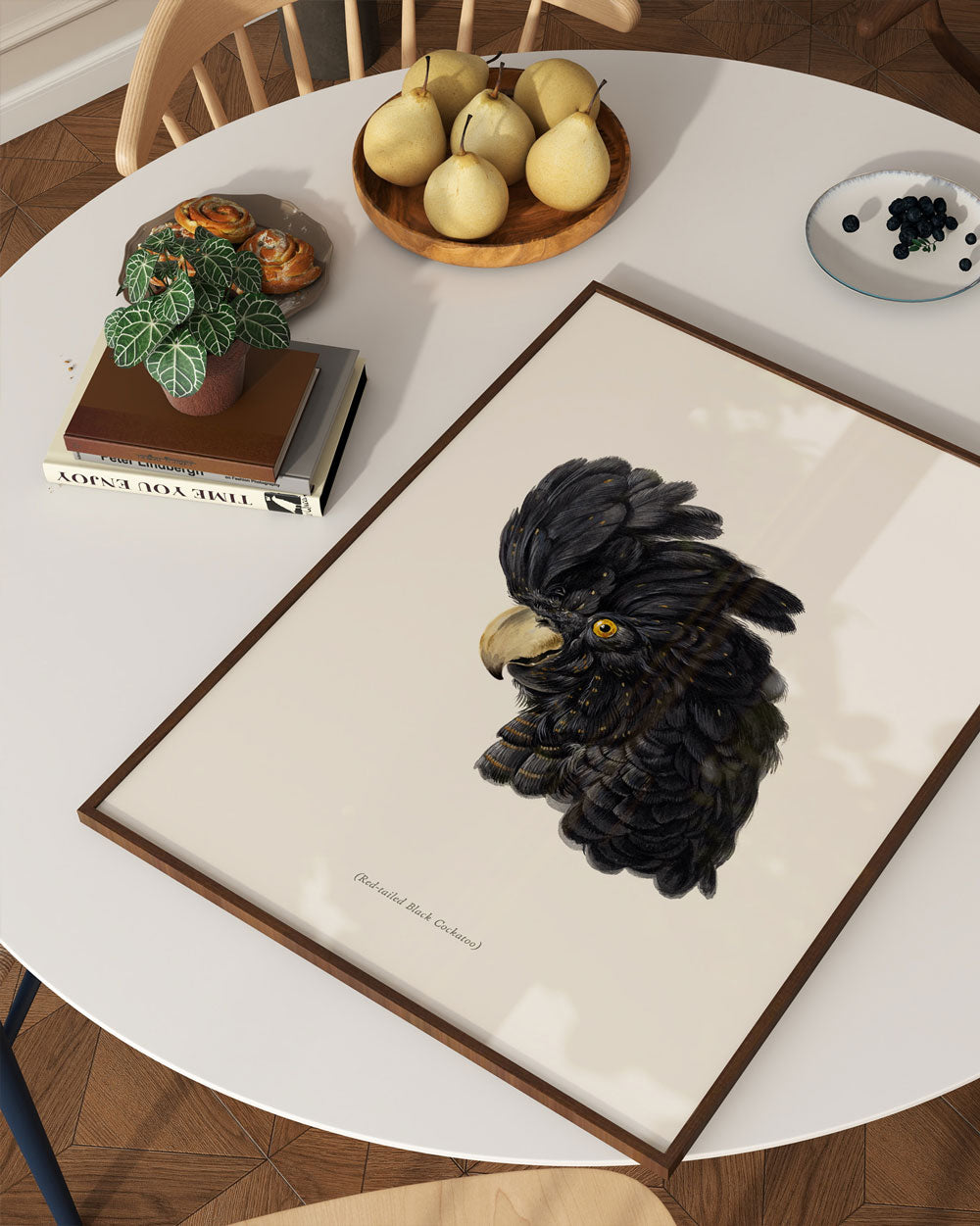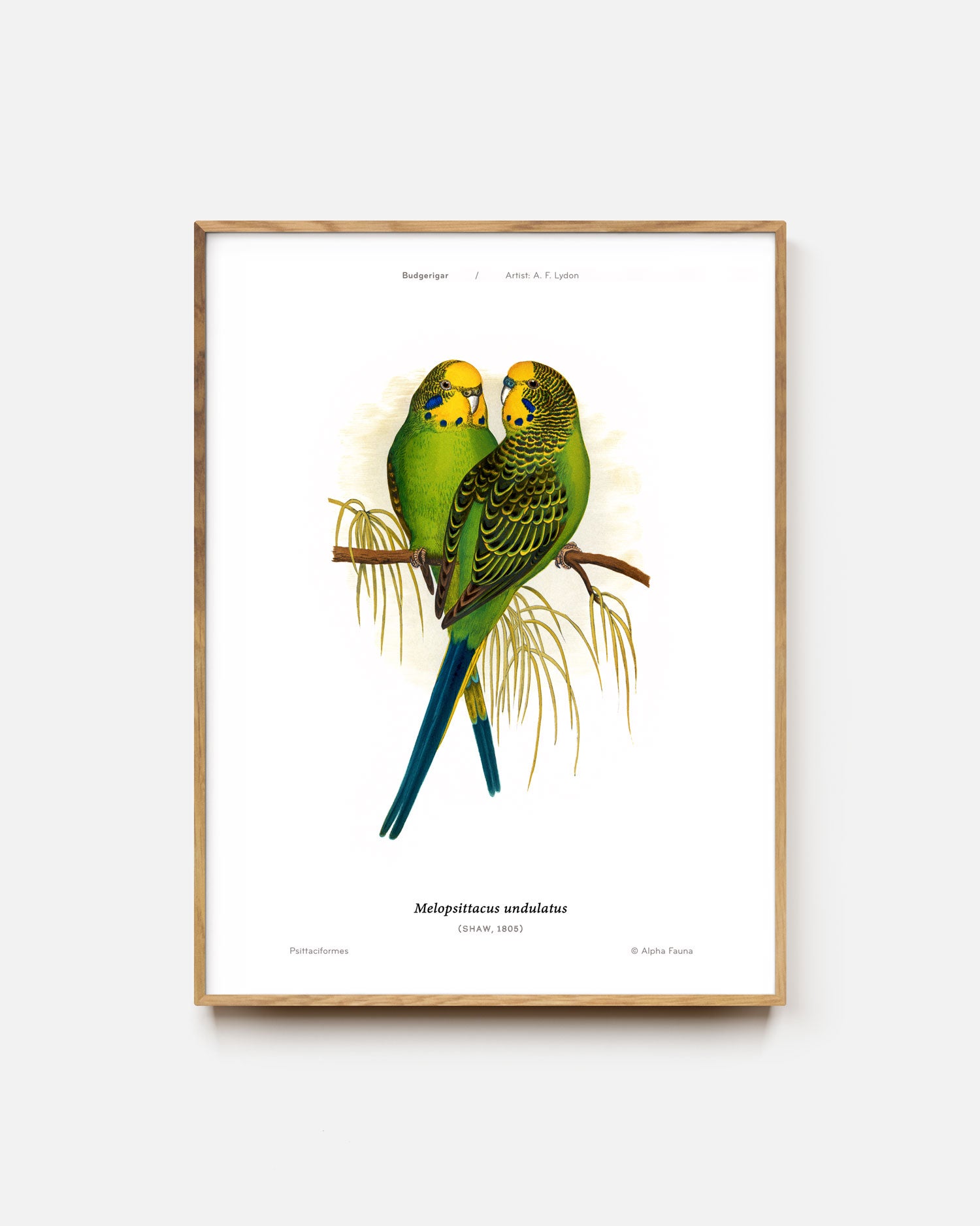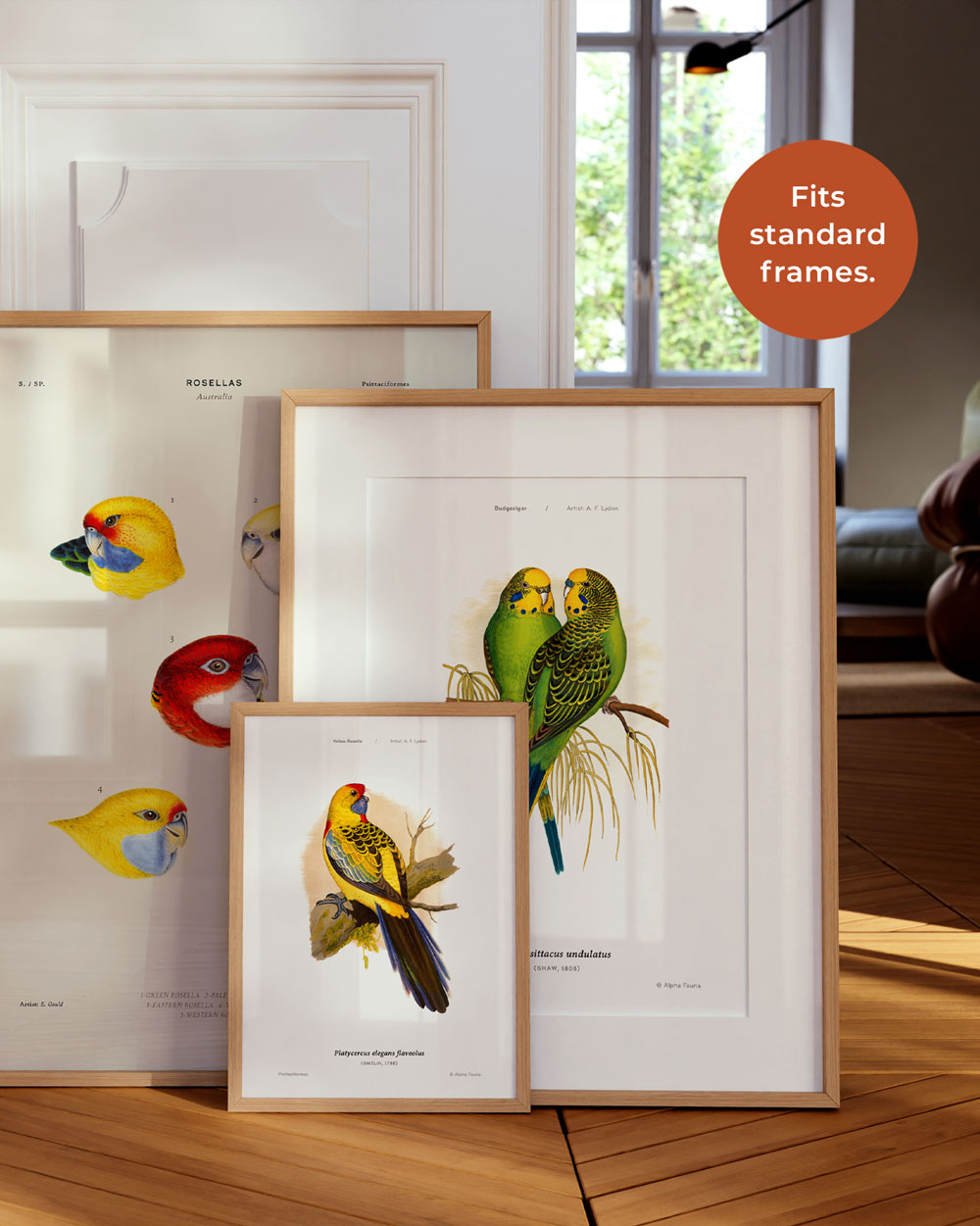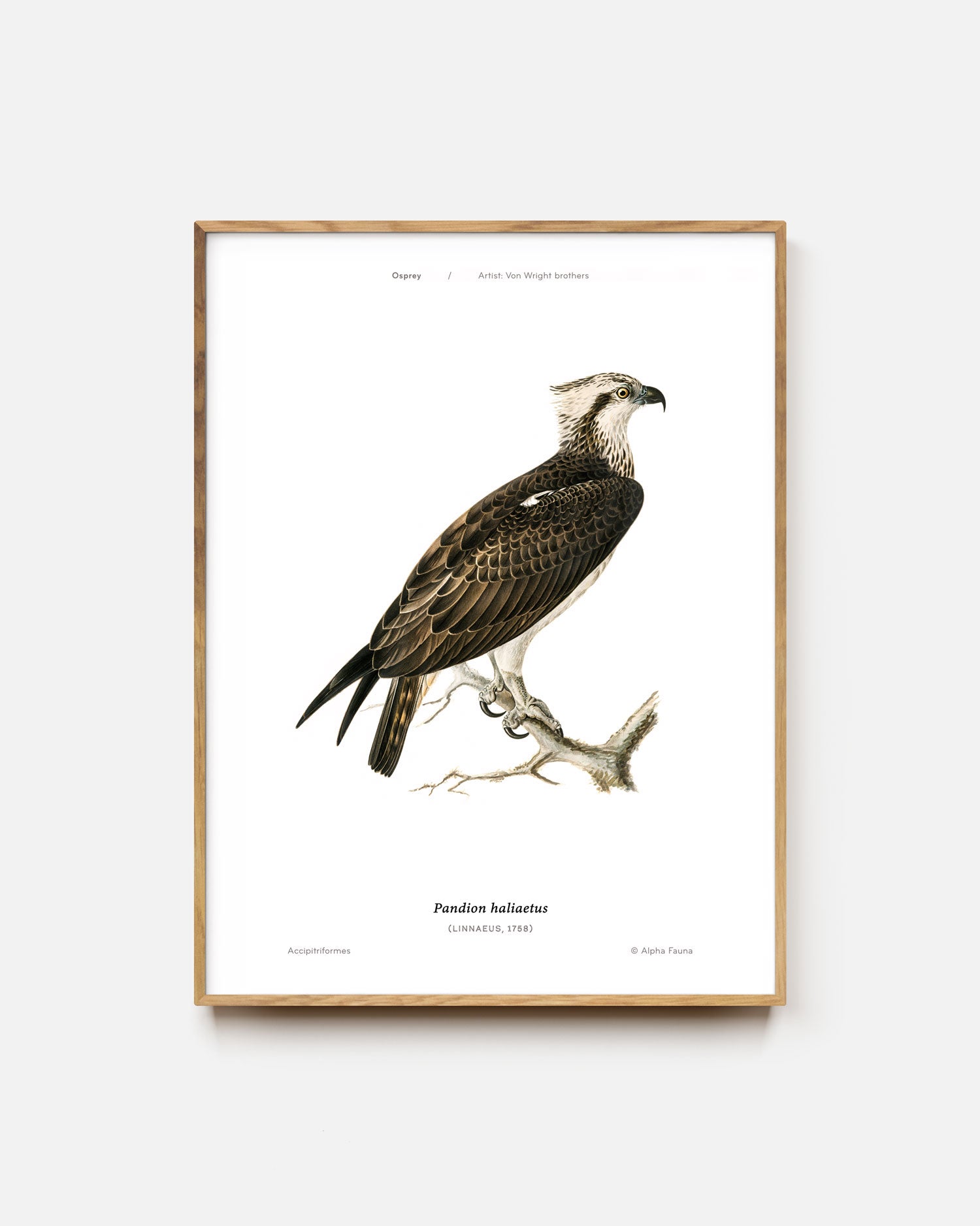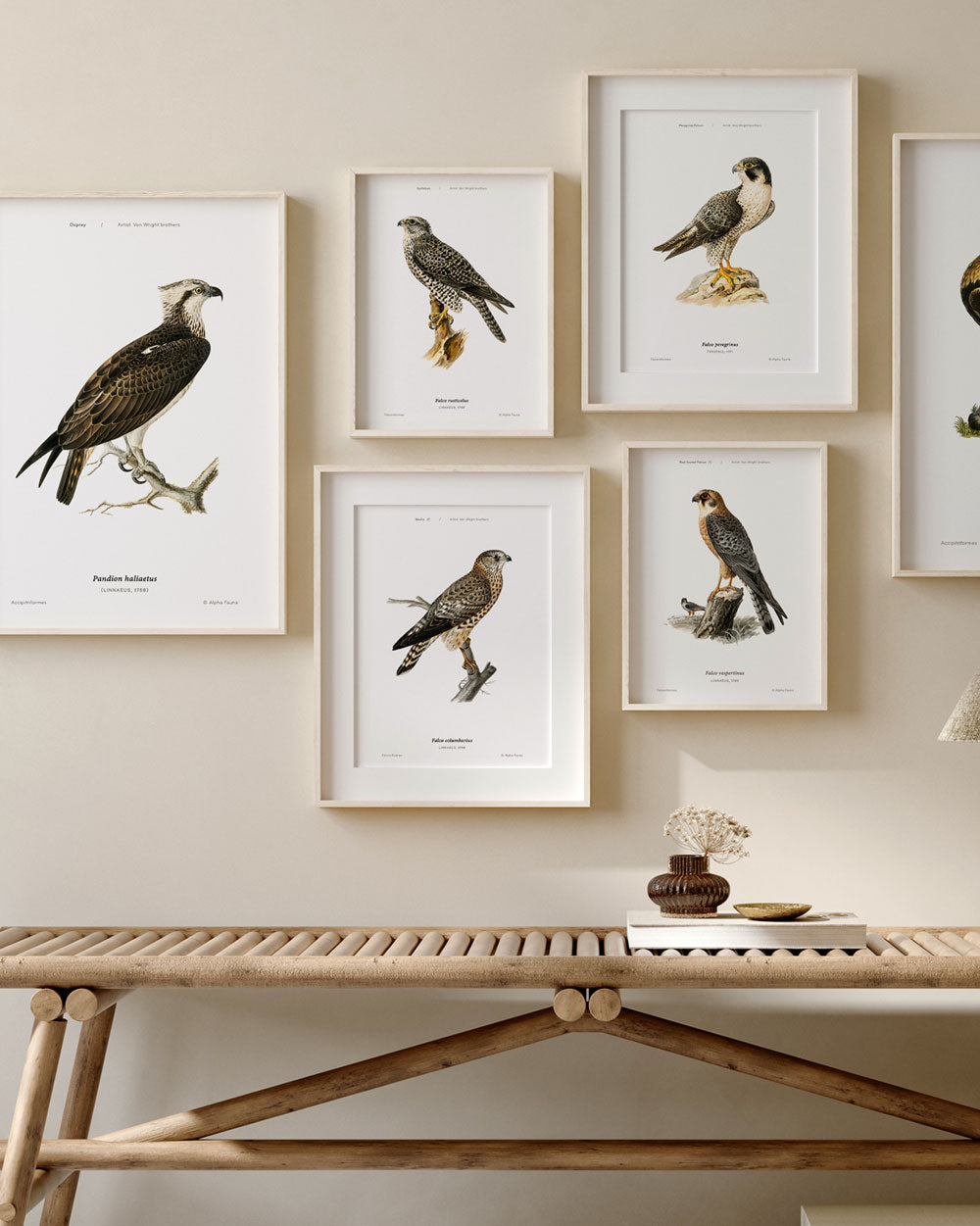You’ve found that art print you just have to have. Now, the next thing you have to figure out is “How do I get this on my wall? Do I frame it? What type of frame? What size? Am I gonna ruin this?”
Don’t let these questions take the wind out of your sails. We have a few solutions you can consider to tackle this like a pro. For clarity, this guide is not for your precious heirlooms or masterpieces. Looking after such art pieces takes skill and knowledge. If you’re the lucky owner of works like that, it’s best to contact an experienced framer.
Art is personal
If your mind goes blank at the thought of framing your newest art print, don’t worry. The answer is already all around you. The fact that you liked the piece in the first place means it appealed to you on a personal level, or perhaps you thought you can just picture it sitting on the wall above your sofa.
Forget about trends. Make it yours. Have a look at the space where you think it will work best, and start to take in the decor in the room. Make a note of the color scheme, furniture finishes, textures, and your personal style. By now you’ll start to narrow down your ideas.
It’s also important to consider the style of the artwork. Can it be paired with other works already on your walls? Maybe it needs its own space to really have the impact it deserves.
There is no one-size-fits-all answer when it comes to framing. Simply choose the option that shows off your artwork in the best way so you’ll love seeing it up on your wall every day.

Going unframed
If you like to keep things casual, then this is an option for you, especially for prints of smaller sizes. Of course, left unframed the artwork will be more exposed, and you may see damage to the paper or color in the long run. We don’t recommend this option for limited edition prints, or any print with special meaning to you.
What can you do with an unframed print? A great alternative to a frame is a poster hanger. It is lightweight, and changing out prints will be a breeze.

Going framed
This is where things start to get interesting. Frames today are available in an endless array of styles, and this can get a little overwhelming.
Some Basics
A good match. Your art print and frame are always viewed together; a good match is essential for the best result. If in doubt, a simple white frame is almost always a foolproof, evergreen option.
The ‘ice cream + sauce’ approach. Generally speaking the frame shouldn’t overpower the artwork. You can liken this to having your favorite ice cream with chocolate sauce. If you drowned the ice cream in a cup of sauce, well then it’s not the star of the show anymore. Having said that, a very simple or small print can be elevated by adding a more dramatic frame. It’s about finding the right balance.
Complement with color. The color of your artwork can guide you in choosing a suitable frame color. Black or white frames work really well for black and white prints. Neutral, metallic or natural frame finishes can be considered for artworks with more color. If you’re not afraid to be bold with your color choices, a frame that complements or contrasts the most dominant color in the artwork can be very striking.
If in doubt, a simple white, black or natural wood frame is almost always a foolproof, evergreen option.

A mat for good measure. Matting is used to highlight and accentuate the art in the frame - a little extra oomph if you will. It really comes down to a matter of taste, but most prints look good with a mat. However, there are some exceptions. Large photography prints look spectacular without a mat - the image is enough to carry the work. We also find that a selection of prints, meant to be read as a series or one piece, works better without matting.
For original and valuable works on paper like paintings, drawings, or even limited edition prints that’s numbered or signed, matting is essential to protect and preserve the artwork.

Find the Right Size Frame
Finding your frame size WITH NO MAT. If you’re not adding a mat, you can simply look for a frame size that matches the size of your print. Alpha Fauna art prints come in standard sizes to make framing much easier. Standard off-the-shelf frames can be found in most big box stores or online.
The frame will ‘hide’ a little bit of the artwork’s outer edges once it sits in the frame. It’s usually about 1/4” on all sides, but can vary depending on the thickness of the frame. With very thin frames it can be less than that.
Finding your frame size WITH A MAT. Nowadays it’s easy to find frames including a mat. The process is not intimidating or complex, and you don’t have to invest a fortune to get it done. The important thing is to find a frame and mat combination to match the size of your artwork.
Here’s a guide to standard sizing options you can look for. The mat will overlap your artwork by about 1/4” on all sides.

Ultimately, framing your art print boils down to style and purpose. Look for framing options that will offer suitable protection. After that it's just a matter of finding something that suits your style.
























